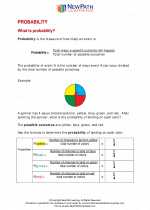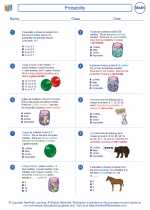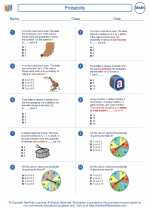Point Symmetry
Point symmetry, also known as central symmetry, occurs when a figure is identical to its original shape after being rotated 180 degrees around a fixed point. This fixed point is called the center of symmetry. In other words, if you were to draw a line from the center of symmetry to any point on the figure, the distance from the center to the point would be the same as the distance from the center to the corresponding point on the opposite side of the figure.
Identifying Point Symmetry
To identify whether a figure has point symmetry, you can perform the following steps:
- Draw the figure on a piece of paper.
- Identify a point in the figure that could serve as the center of symmetry.
- Rotate the figure 180 degrees around the identified point.
- Check if the original figure and the rotated figure are identical. If they are, the figure has point symmetry.
Examples of Point Symmetry
Some common examples of figures with point symmetry include circles, regular polygons (such as equilateral triangles, squares, and hexagons), and certain letters of the alphabet like "A," "H," "I," "M," "O," "T," "U," "V," "W," "X," and "Y."
Properties of Point Symmetry
Key properties of point symmetry include:
- A figure with point symmetry has an infinite number of lines of symmetry passing through the center of symmetry.
- For every point (x, y) on the figure, there is a corresponding point (-x, -y) on the opposite side of the center of symmetry.
- If a figure has point symmetry, it is also said to be symmetric with respect to the center of symmetry.
Practice Problems
Here are some practice problems to help you better understand point symmetry:
.◂Math Worksheets and Study Guides Fifth Grade. Probability

 Worksheet/Answer key
Worksheet/Answer key
 Worksheet/Answer key
Worksheet/Answer key
 Worksheet/Answer key
Worksheet/Answer key
 Worksheet/Answer key
Worksheet/Answer key
